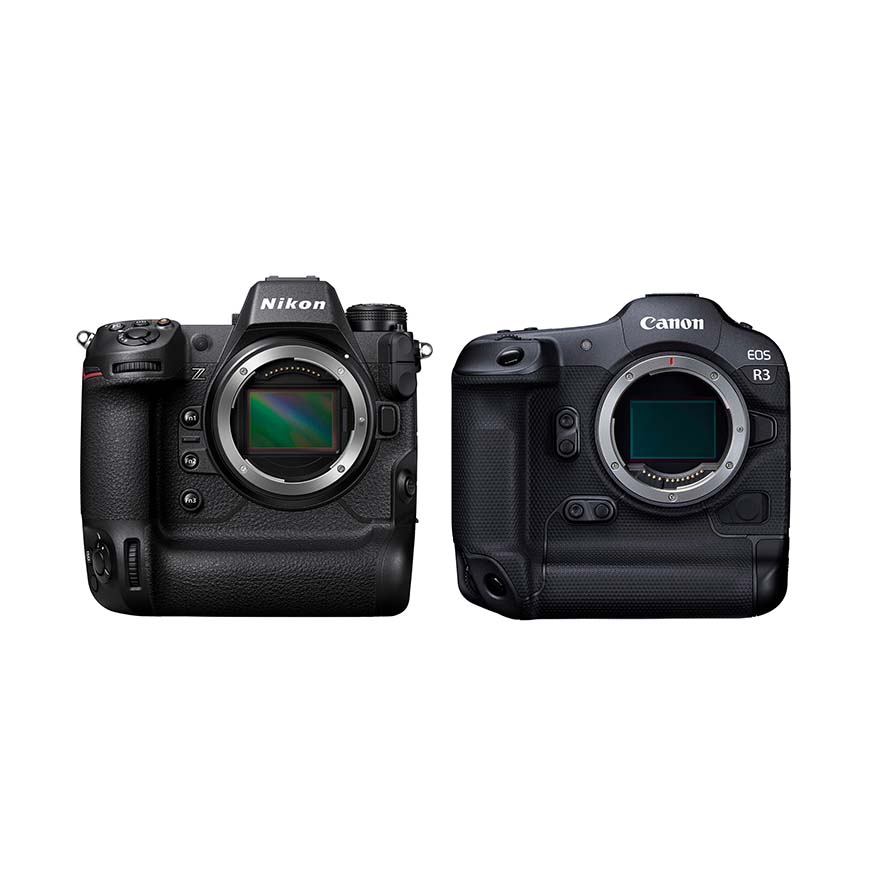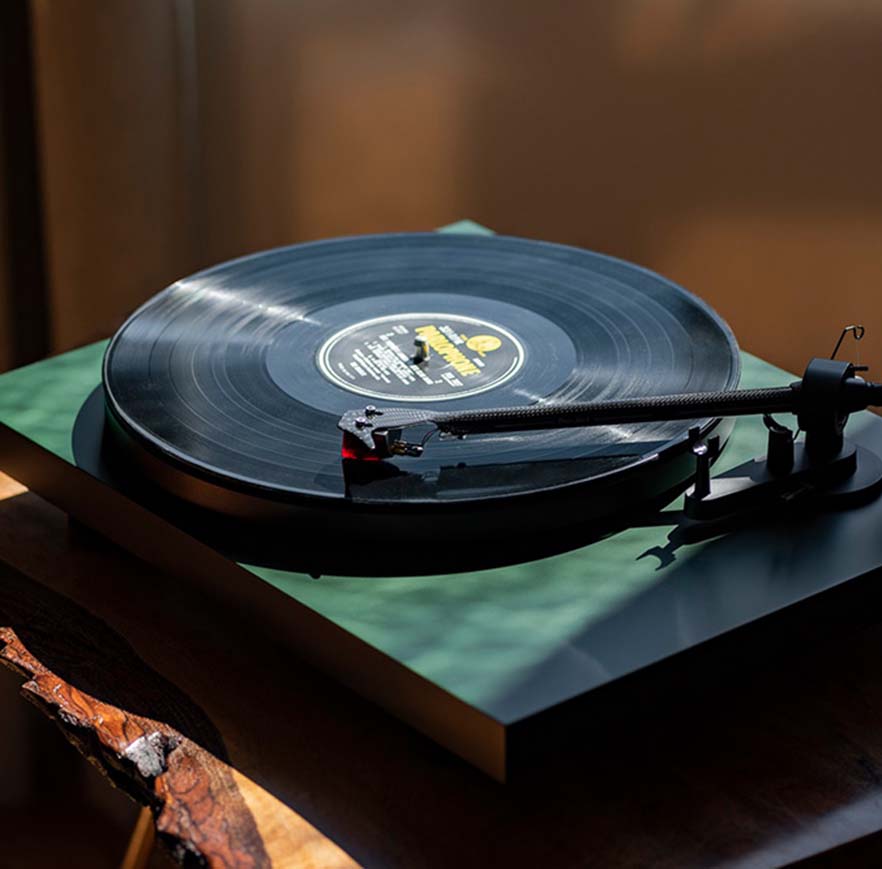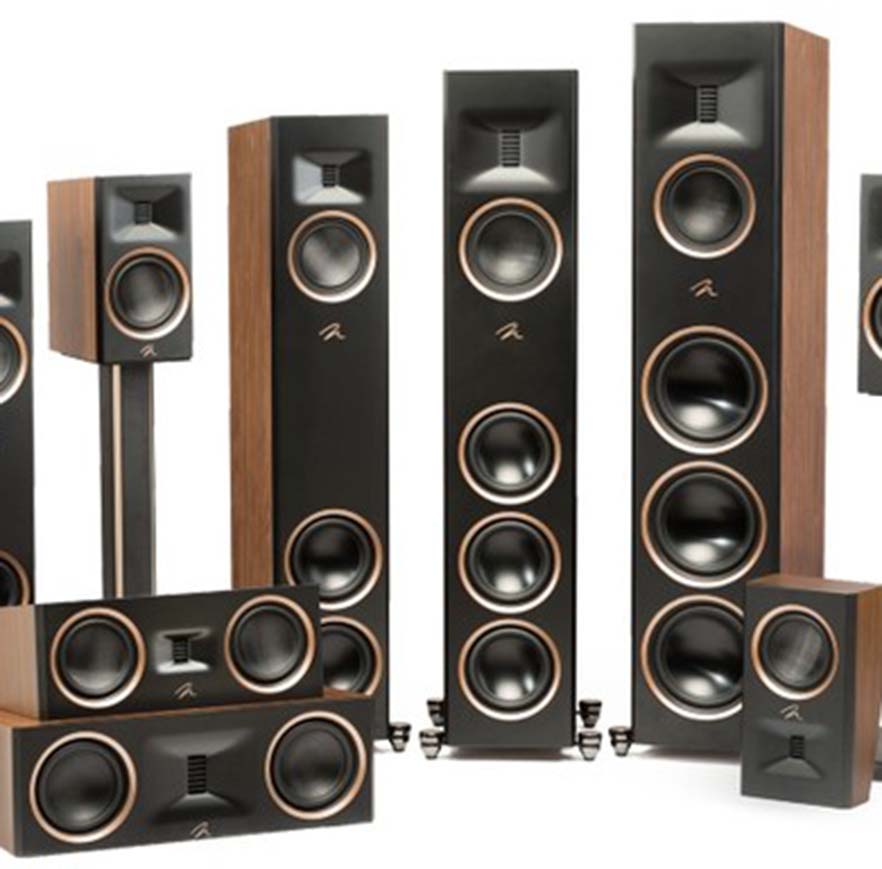The Canon EOS R3 and the Nikon Z 9 are two of the most highly anticipated mirrorless cameras of 2021. Both cameras are aimed at professional photographers and offer impressive specs and features. In this article, we’ll take a look at how these two cameras compare in terms of megapixel count, autofocus, lens mount, ISO range, continuous shooting, and weight.
Megapixel Count
The Canon EOS R3 is rumored to feature a 24-megapixel sensor, which is lower than what we’ve seen in other high-end mirrorless cameras like the Sony Alpha 1 and the Nikon Z 9. However, Canon claims that the R3’s sensor is specially designed for speed and low-light performance.
On the other hand, the Nikon Z 9 is expected to have a 45-megapixel sensor. This means that the Z 9 will offer higher resolution images than the R3, which can be useful for large prints or cropping.
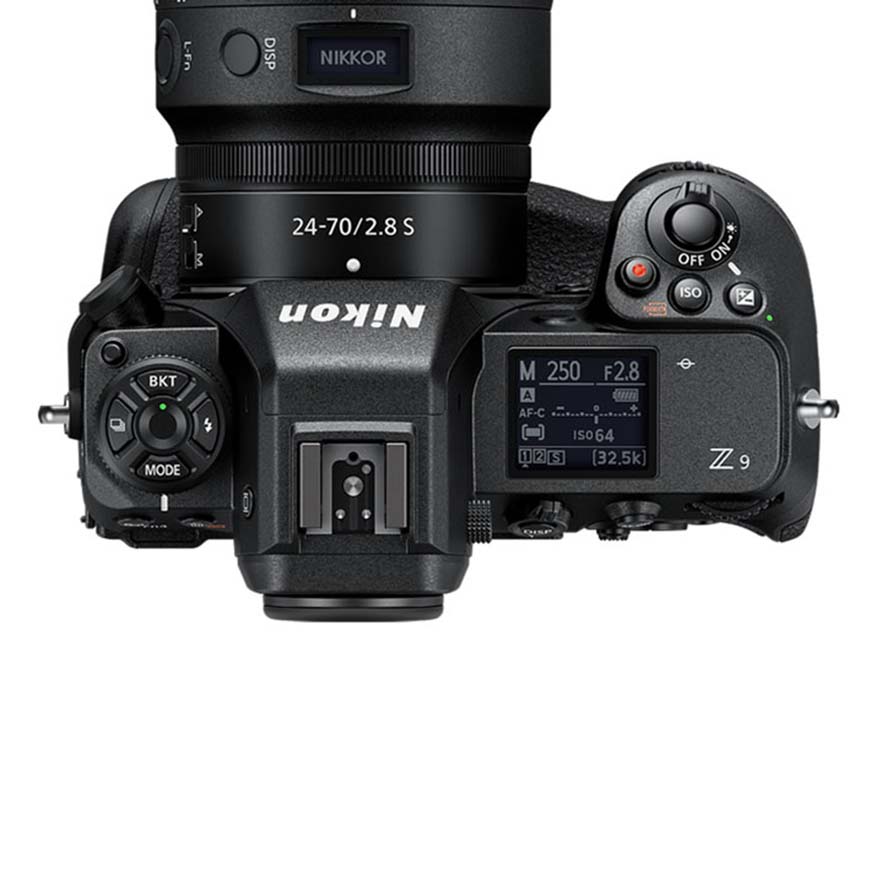
Autofocus
Both the Canon EOS R3 and the Nikon Z 9 are expected to have advanced autofocus systems that can track subjects accurately and quickly. The EOS R3 is rumored to have an autofocus system that covers the entire frame, and it may use a deep learning algorithm to recognize and track subjects.
The Nikon Z 9 is expected to have a hybrid autofocus system that combines phase detection and contrast detection autofocus. The Z 9’s autofocus system is also expected to be able to track subjects accurately and quickly, even in low light.
Lens Mount
The Canon EOS R3 uses Canon’s RF lens mount, which is a relatively new mount that was introduced in 2018. The RF mount has a larger diameter than Canon’s previous EF mount, which allows for faster communication between the camera and the lens. The RF mount also has a shorter flange distance, which makes it easier to design high-quality lenses for the system.
The Nikon Z 9 uses Nikon’s Z mount, which was introduced in 2018. Like the RF mount, the Z mount has a larger diameter than Nikon’s previous F mount. This allows for faster communication between the camera and the lens, and it also allows for more complex lens designs.
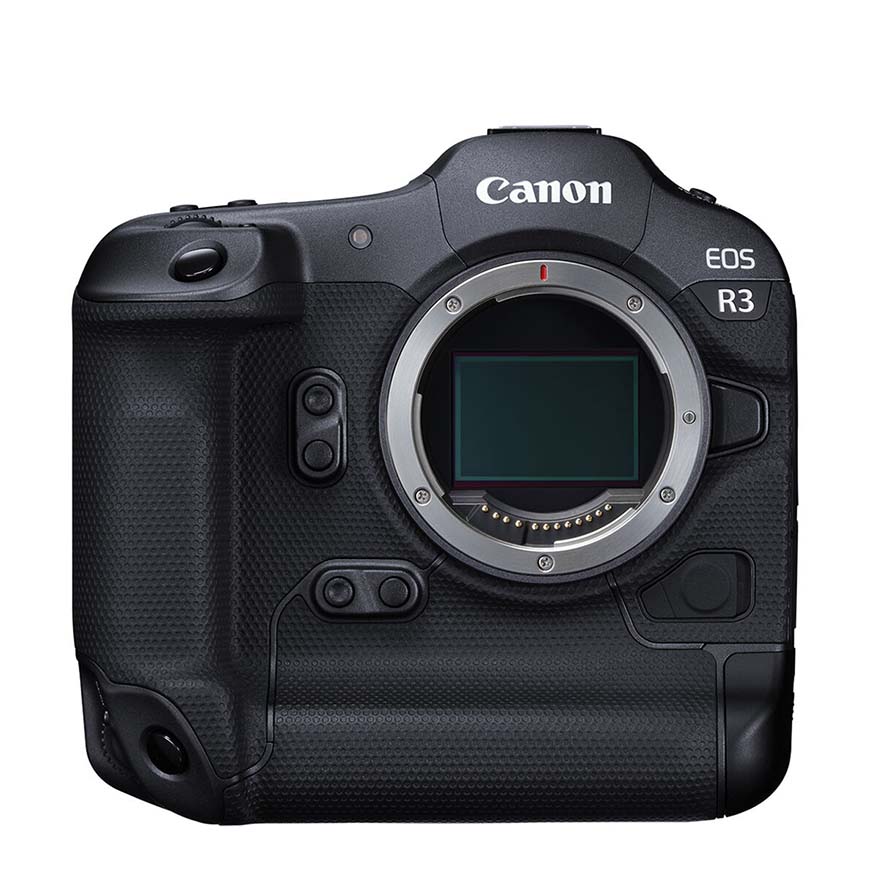
ISO
The Canon EOS R3 is rumored to have an ISO range of 100-102,400, which is impressive for a camera with a 24-megapixel sensor. The R3 is also expected to have good low-light performance thanks to its specially designed sensor.
The Nikon Z 9 is rumored to have an ISO range of 64-25,600, which is not as wide as the R3’s range. However, the Z 9 is expected to have excellent low-light performance thanks to its advanced sensor technology.
Continuous Shooting
The Canon EOS R3 is expected to have a continuous shooting speed of up to 30 frames per second with full autofocus and exposure tracking. This is a significant improvement over the Canon EOS R5, which can shoot at up to 20 frames per second with autofocus and exposure tracking.
The Nikon Z 9 is rumored to have a continuous shooting speed of up to 20 frames per second with full autofocus and exposure tracking. This is also a significant improvement over the Nikon Z 7 II, which can shoot at up to 10 frames per second with autofocus and exposure tracking.
Weight
The Canon EOS R3 is expected to weigh around 1.8 pounds (822 grams), which is relatively light for a professional camera. The R3 is expected to be weather-sealed and durable, which makes it suitable for use in a variety of conditions.
